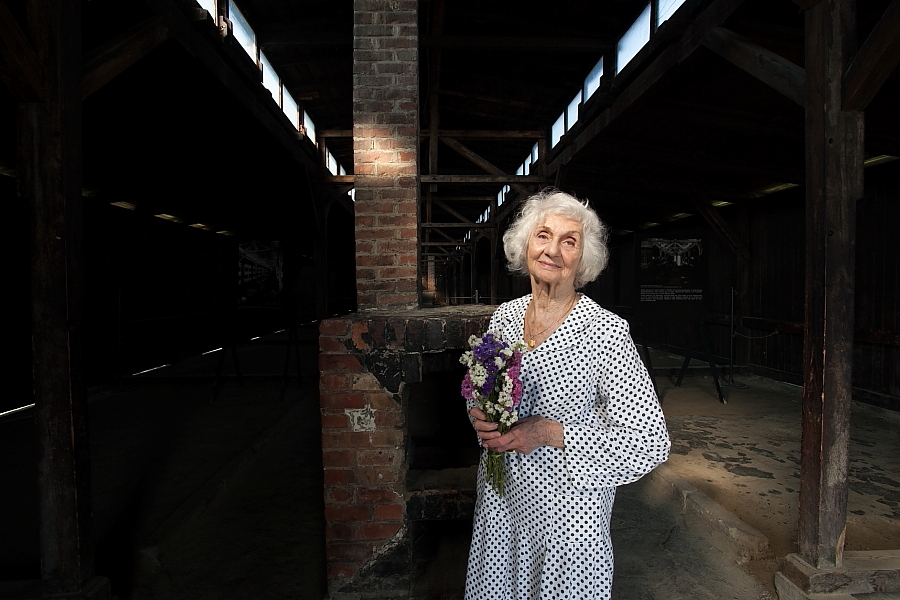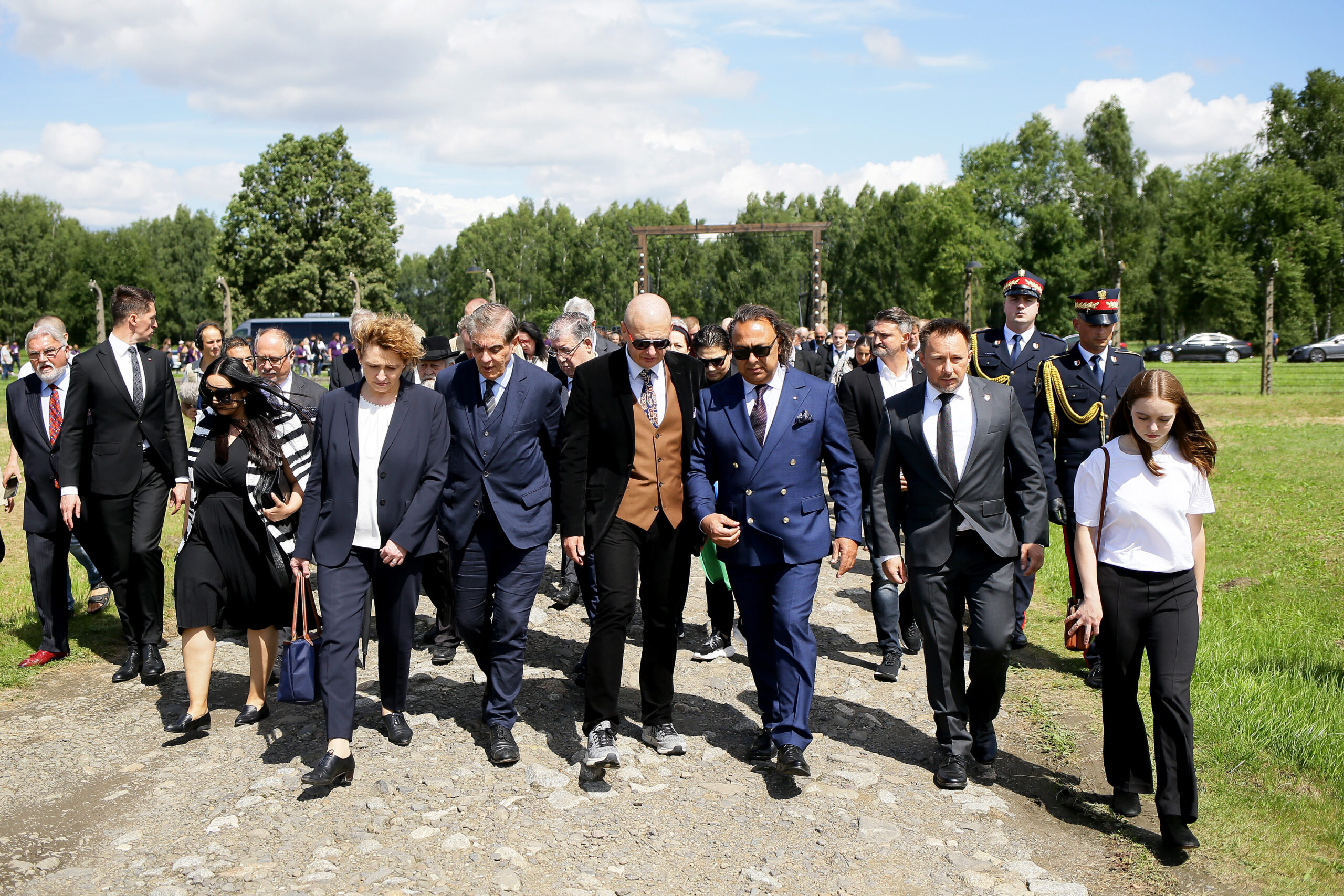Further Information
On August 2, 2001 a permanent exhibition on the Nazi genocide of the Sinti and Roma was opened to the public at the Auschwitz State Museum. The project was realized on the initiative and under the leadership of the Documentation and Cultural Center in close cooperation with the Auschwitz Memorial and the Association of Roma in Poland, as well as six further national Roma organizations.
The exhibition, that is on display at Block 13 of the former main camp, documents the genocide of the Sinti and Roma in Nazi-occupied Europe. It also highlights the specifics of the persecution in the individual occupied states or the ones allied with the German Reich. The participation of several national Roma organizations in the historical research enabled the opening of numerous new sources that show the European dimensions of the Holocaust.
The exhibition focuses on the historical site of the Auschwitz concentration camp. As a result of Himmler’s Auschwitz decree on December 16, 1942, 23,000 members of the minority were deported here from the Reich and almost all occupied countries.
With the aid of survivors accounts, family photos of the people deported to Auschwitz and the source material available at the Auschwitz Museum archive, the crimes committed here are documented in detail for the first time. As in the permanent exhibition in Heidelberg, a central concern is to give the victims a face.




